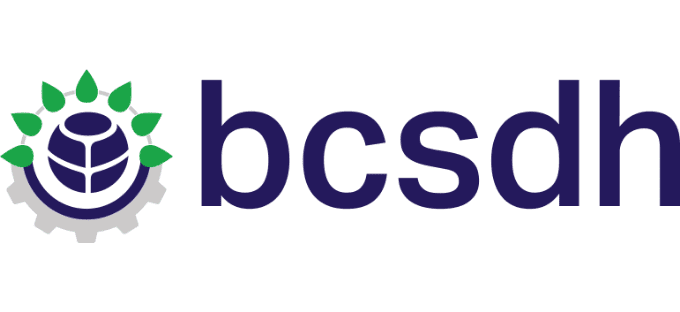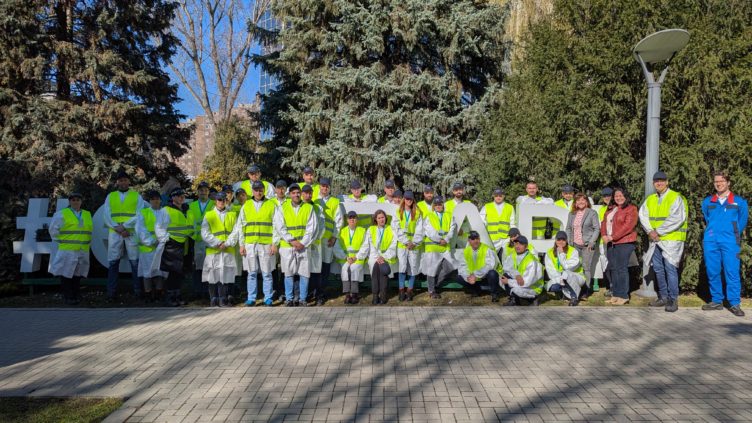Great ideas emerge from many ideas!
Why do we (unconsciously) resist change? What is necessary for successful innovation? What are the biggest challenges of innovation? What is an ant mill? How does a circular economy resemble a well-functioning kitchen? Which is the most innovative country in the world? – These were among the key topics discussed at the third professional day of the Future Leaders program, focusing on sustainable innovation, products, and services. The event was opened by our host, Maria Rita Maresca, Managing Director of EUROAPI Hungary Ltd.
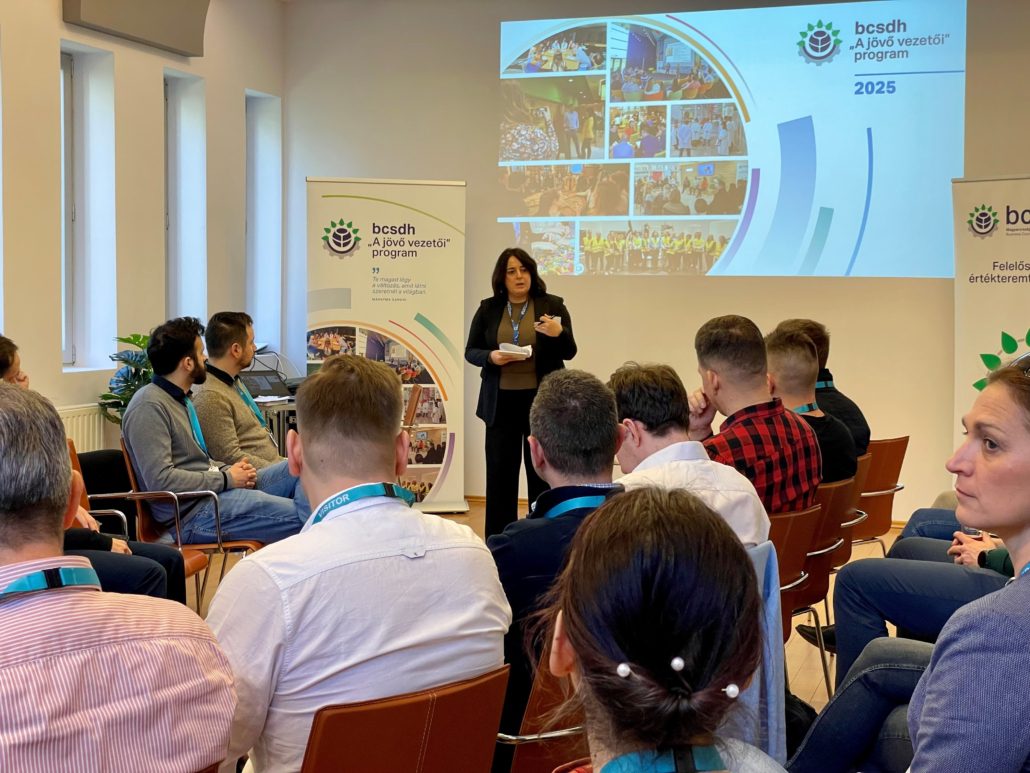
At the beginning of the program, Zita Szederkényi, the head of the program, introduced participants to the day’s theme with an interactive time-travel game, emphasizing the essential role of innovation.
The first presentation was delivered by Prof. Dr. Csaba Deák, a professor at the University of Miskolc, who illustrated various aspects of innovation through well-executed examples, including its risks, timing of implementation, and the relationship between innovation strategy and technological maturity. He highlighted six key factors for successful innovation, particularly emphasizing the importance of having a Plan B and the critical role of execution.
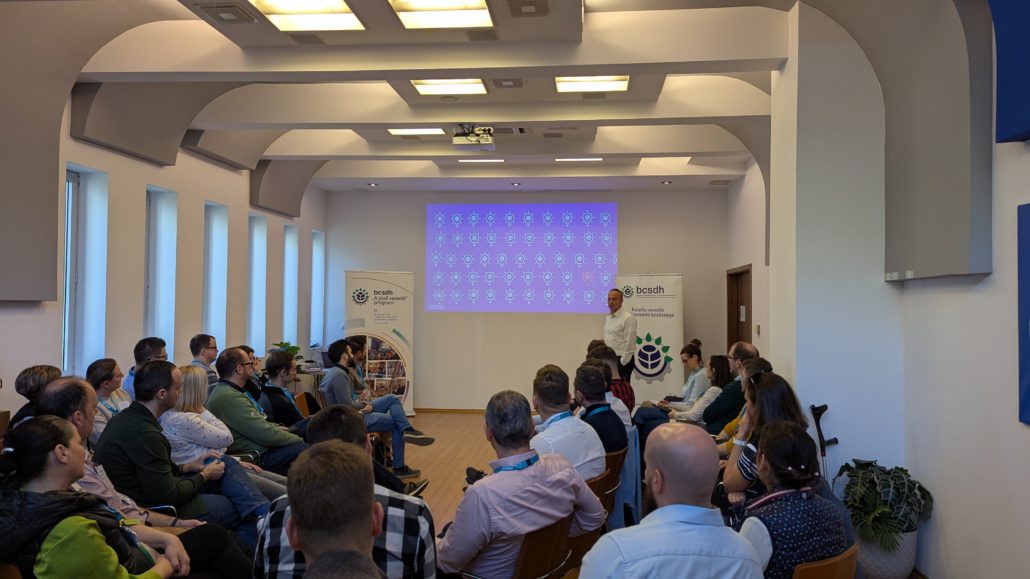
Dr. György Purebl, Director of the Institute of Behavioral Sciences at Semmelweis University, gave a lecture on the human aspects of innovation and change. He discussed learned helplessness, our attitudes toward change, and how those with better failure management skills are more likely to undertake innovation initiatives, thereby increasing their chances of success. He emphasized the importance of switching flexibly between decision-making strategies, which is crucial in innovation. On one end of the spectrum is the “Zombie” mode, where everything follows automated routines, while the other extreme is the “Hamlet” state, where every decision is overanalyzed. Recognizing one’s position on this scale is essential for successful innovation.
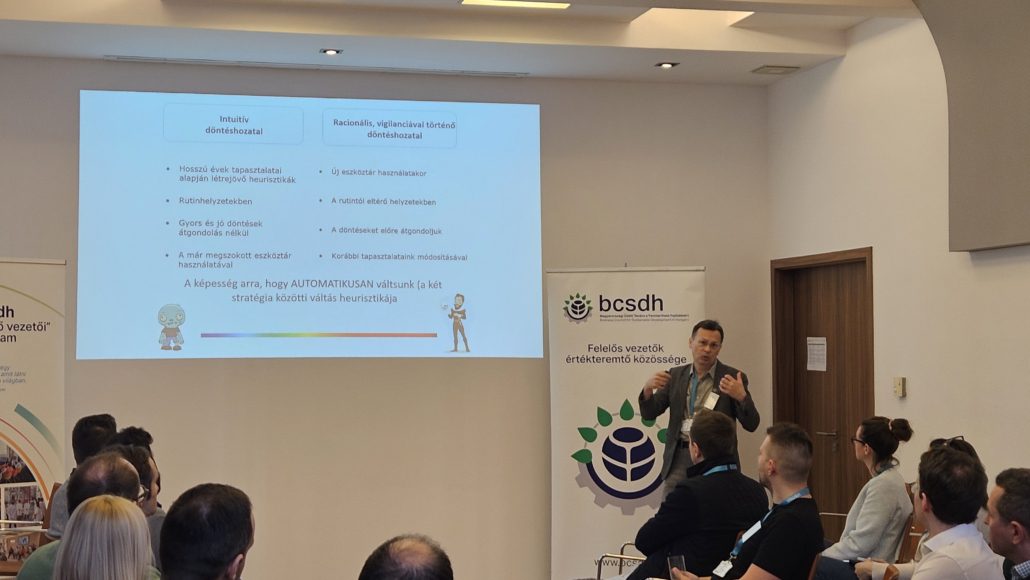
The latter part of the morning focused on project work related to climate adaptation. Andrea Nagy, professional project manager at BCSDH, highlighted in her introduction that climate adaptation must be addressed alongside emission reduction, always considering a comprehensive approach. 
The project teams then applied the BricksMagic Lego® Serious Play® method, using creative construction to define sustainability challenges they aimed to solve with their projects. Their work was supported by Richárd Hlavay, founder of BricksMagic.

The afternoon program continued with an engaging panel discussion featuring Dr. Gábor Ligeti (Heineken), Péter Chrabák (Bay Zoltán Institute), and Rajmund Percze (AGROLOOP), who shared their insights on ensuring continuous renewal in companies. The discussion covered how sustainable innovation can be a key factor in the long-term success of both large corporations and startups. Participants emphasized the increasing role of sustainability in innovation and investments, as well as the importance of collaboration between research and development companies and multinational corporations to drive sustainable solutions forward.
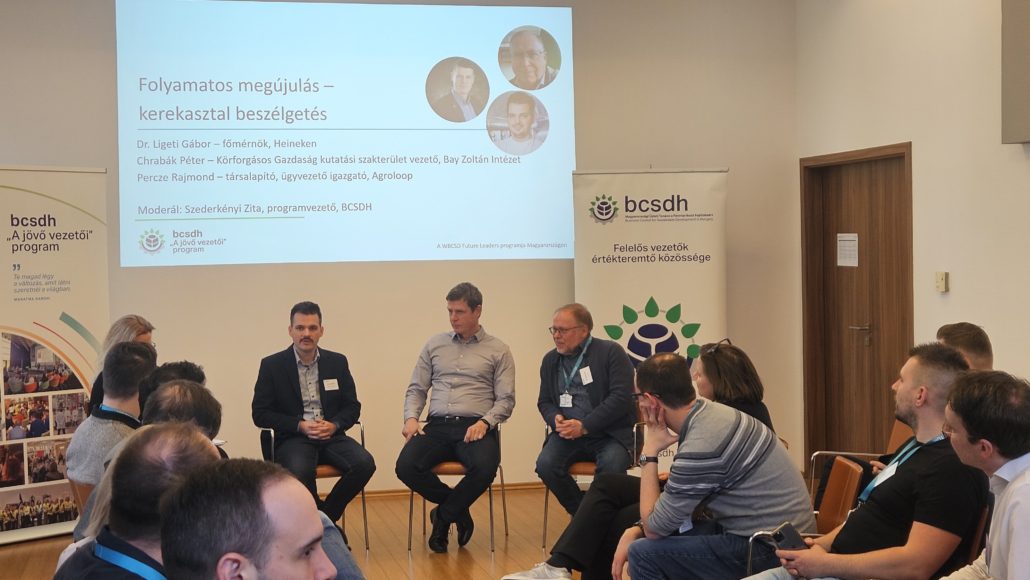
Róbert Nádasi, Deputy CEO of Masterplast Nyrt., presented the company’s achievements in sustainability, as well as their innovative insulation solution, the Green Hungarocell Program, which is the first certified circular economy model in the Hungarian construction industry. The program focuses on collecting and recycling polystyrene-based construction waste, thereby reducing environmental impact.
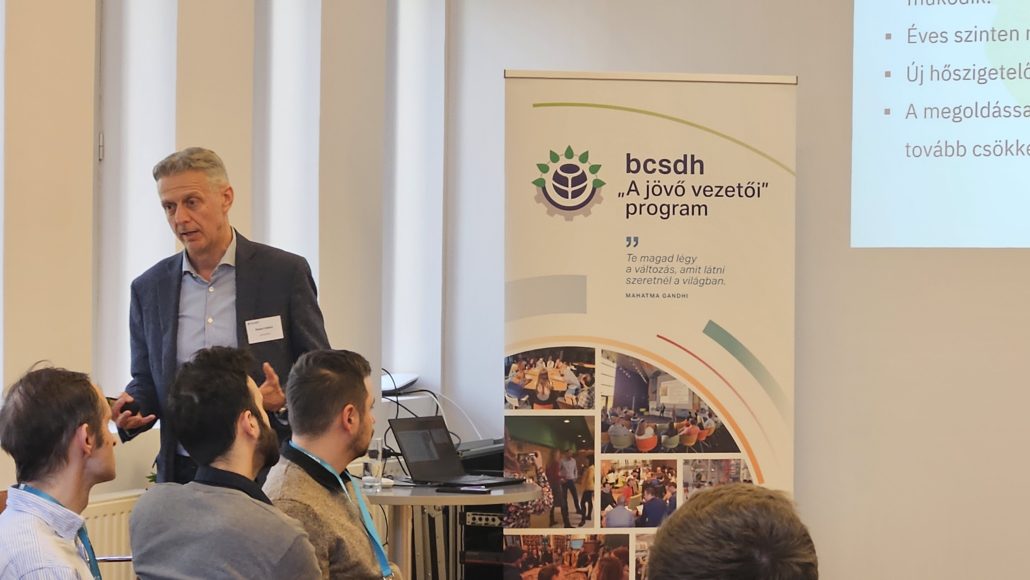

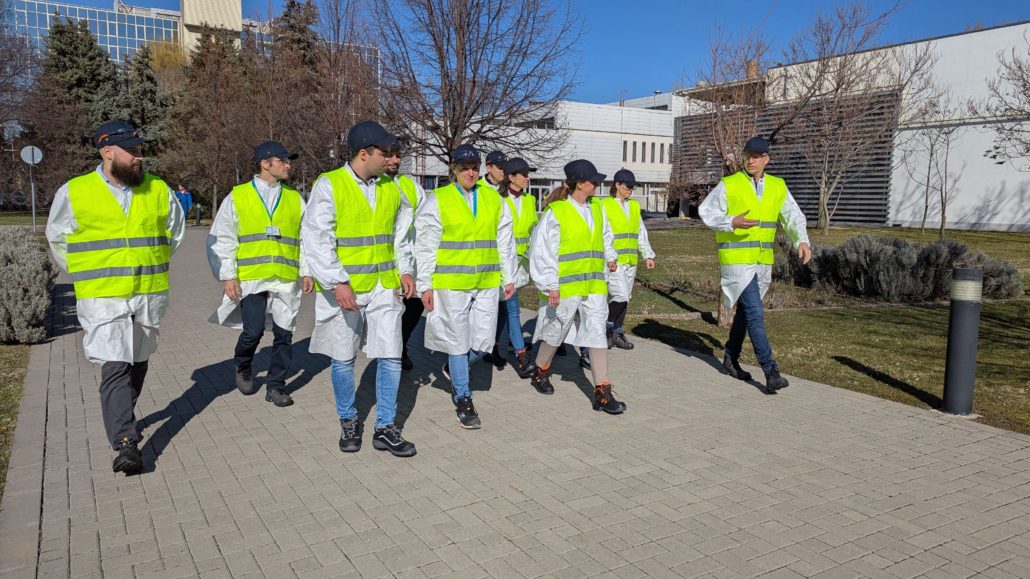

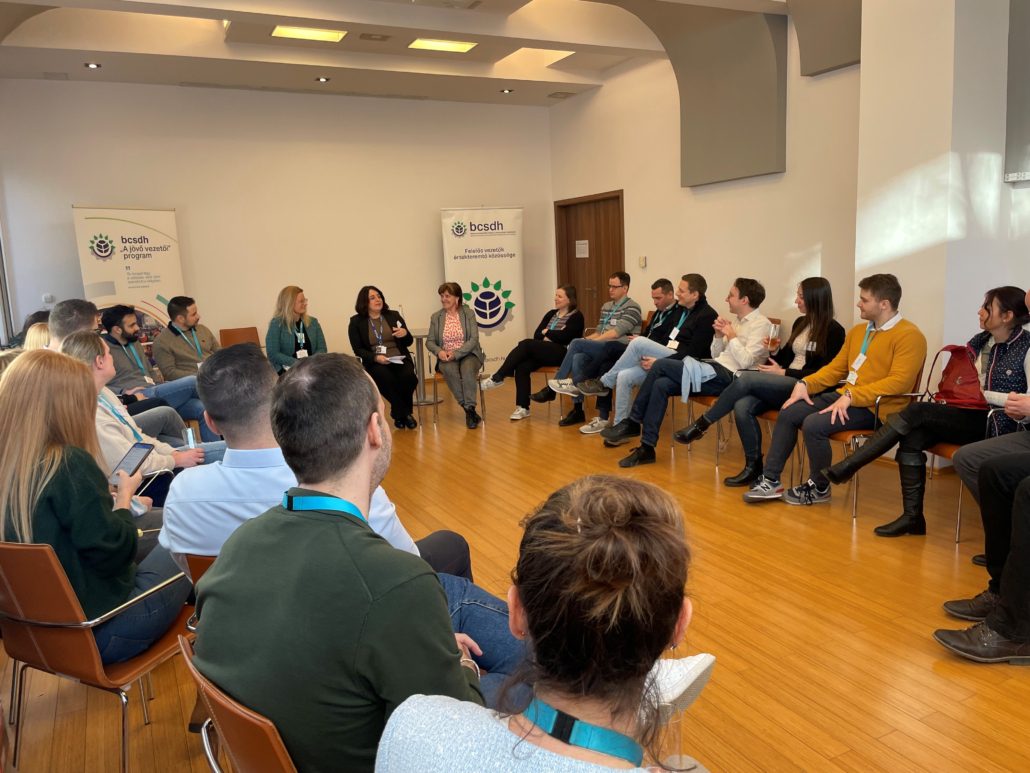
The photo gallery from the professional day is available at the following link.
